#tropical rainforest
Text
The World's Forests Are Doing Much Better Than We Think
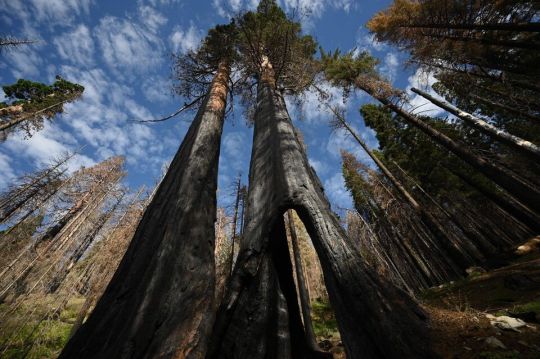
You might be surprised to discover... that many of the world’s woodlands are in a surprisingly good condition. The destruction of tropical forests gets so much (justified) attention that we’re at risk of missing how much progress we’re making in cooler climates.
That’s a mistake. The slow recovery of temperate and polar forests won’t be enough to offset global warming, without radical reductions in carbon emissions. Even so, it’s evidence that we’re capable of reversing the damage from the oldest form of human-induced climate change — and can do the same again.
Take England. Forest coverage now is greater than at any time since the Black Death nearly 700 years ago, with some 1.33 million hectares of the country covered in woodlands. The UK as a whole has nearly three times as much forest as it did at the start of the 20th century.
That’s not by a long way the most impressive performance. China’s forests have increased by about 607,000 square kilometers since 1992, a region the size of Ukraine. The European Union has added an area equivalent to Cambodia to its woodlands, while the US and India have together planted forests that would cover Bangladesh in an unbroken canopy of leaves.
Logging in the tropics means that the world as a whole is still losing trees. Brazil alone removed enough woodland since 1992 to counteract all the growth in China, the EU and US put together. Even so, the planet’s forests as a whole may no longer be contributing to the warming of the planet. On net, they probably sucked about 200 million metric tons of carbon dioxide from the atmosphere each year between 2011 and 2020, according to a 2021 study. The CO2 taken up by trees narrowly exceeded the amount released by deforestation. That’s a drop in the ocean next to the 53.8 billion tons of greenhouse gases emitted in 2022 — but it’s a sign that not every climate indicator is pointing toward doom...
More than a quarter of Japan is covered with planted forests that in many cases are so old they’re barely recognized as such. Forest cover reached its lowest extent during World War II, when trees were felled by the million to provide fuel for a resource-poor nation’s war machine. Akita prefecture in the north of Honshu island was so denuded in the early 19th century that it needed to import firewood. These days, its lush woodlands are a major draw for tourists.
It’s a similar picture in Scandinavia and Central Europe, where the spread of forests onto unproductive agricultural land, combined with the decline of wood-based industries and better management of remaining stands, has resulted in extensive regrowth since the mid-20th century. Forests cover about 15% of Denmark, compared to 2% to 3% at the start of the 19th century.
Even tropical deforestation has slowed drastically since the 1990s, possibly because the rise of plantation timber is cutting the need to clear primary forests. Still, political incentives to turn a blind eye to logging, combined with historically high prices for products grown and mined on cleared tropical woodlands such as soybeans, palm oil and nickel, mean that recent gains are fragile.
There’s no cause for complacency in any of this. The carbon benefits from forests aren’t sufficient to offset more than a sliver of our greenhouse pollution. The idea that they’ll be sufficient to cancel out gross emissions and get the world to net zero by the middle of this century depends on extraordinarily optimistic assumptions on both sides of the equation.
Still, we should celebrate our success in slowing a pattern of human deforestation that’s been going on for nearly 100,000 years. Nothing about the damage we do to our planet is inevitable. With effort, it may even be reversible.
-via Bloomburg, January 28, 2024
#deforestation#forest#woodland#tropical rainforest#trees#trees and forests#united states#china#india#denmark#eu#european union#uk#england#climate change#sustainability#logging#environment#ecology#conservation#ecosystem#greenhouse gasses#carbon emissions#climate crisis#climate action#good news#hope
3K notes
·
View notes
Text

Photography by Xuebing Du
Instagram: xuebing.du
#martinique#nature#original photographers#photographers on tumblr#green#tropical plants#tropical rainforest#Cascade Absalon
807 notes
·
View notes
Text
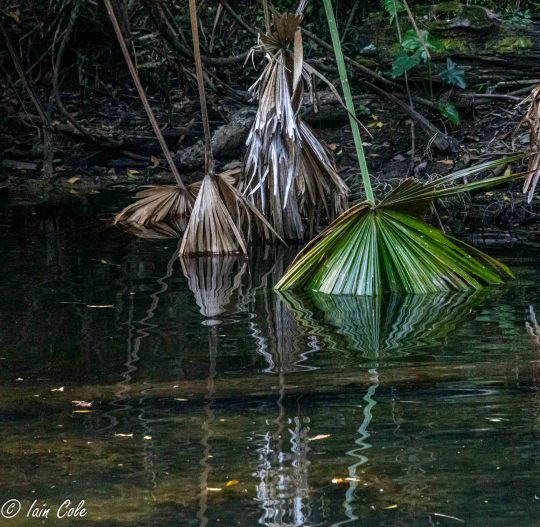


Platypus pool, Broken River
Eungella
#original photographers#nature photography#wildlife photography#bird photography#reflections#Little pied cormorant#Tropical Rainforest#Eungella#Broken River
54 notes
·
View notes
Text

Salonga National Park; Democratic Republic of the Congo, Africa
#tropical rainforest#rainforest#forests#lush#nature photography#africa#trees#mist#fog#national park#beauty#beautiful#escape#pretty#nature#photography#beautiful places#explore#remote#paradise#tropical#congo#beautiful nature#green#dark green#calm#healing#travel#deforestation
688 notes
·
View notes
Text

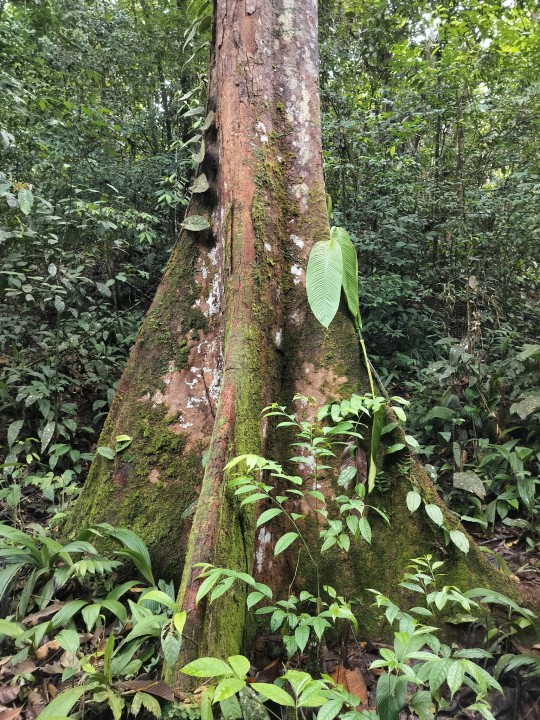
July 2023 / Baram jungle.
#trees#jungle trekking#trees and forests#tropical rainforest#Baram#Borneo#Miri#Sarawak#moss#nature#landscape#plants#green#sigthseeing#adventure#rural#woods#nature core#naturecore#dyptich
38 notes
·
View notes
Text

A common green forest lizard (Calotes calotes) on a tree at Sinharaja rainforest in Kalawana, Sri Lanka. Sinharaja is the country’s last viable area of primary tropical rainforest
Photograph: Thilina Kaluthotage/NurPhoto/Shutterstock
#thilina kaluthotage#photographer#nurphoto#shutterstock#common green forest lizard#lizard#calotes calotes#sinharaja rainforest#kalawana#sri lanka#tropical rainforest#nature#reptile
50 notes
·
View notes
Photo

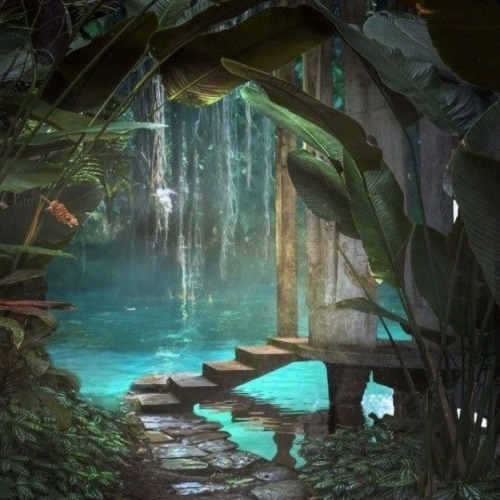

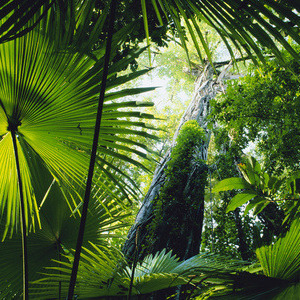
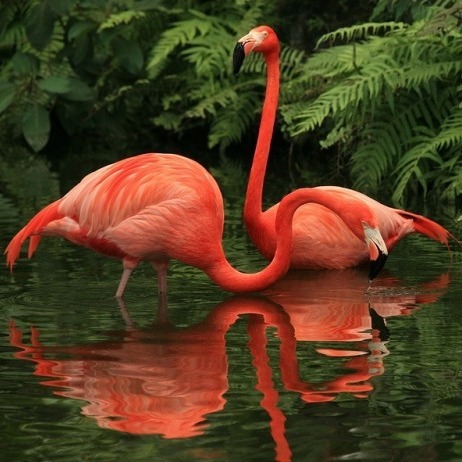


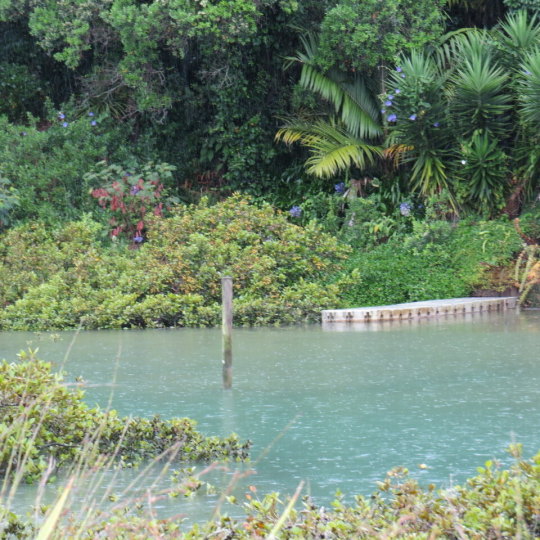
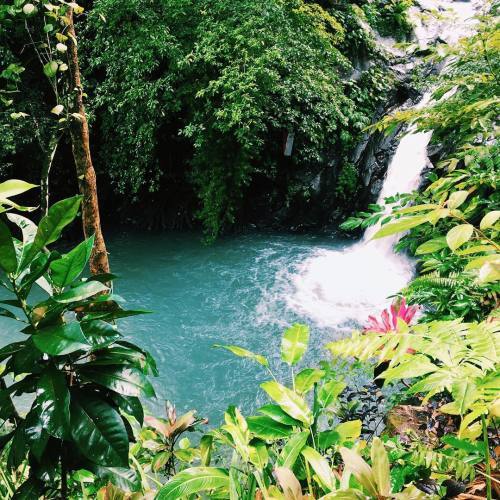
#upl#jungle#jungle aesthetic#junglewave#junglecore#tropical#tropical aesthetic#tropical forest#tropical rainforest#rain forest#nature#naturecore#nature photography#nature aesthetic#waterfall#flamingo
531 notes
·
View notes
Text

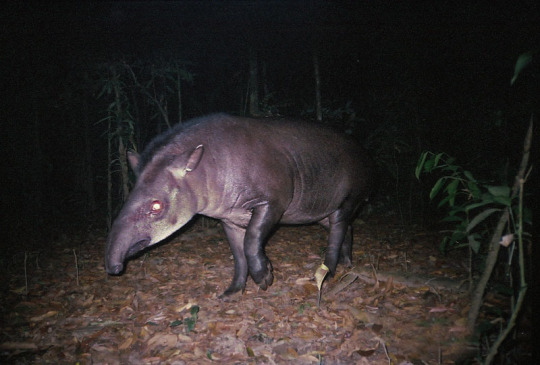
giant armadillo & lowland tapir from wwf camera traps gallery
15 notes
·
View notes
Text
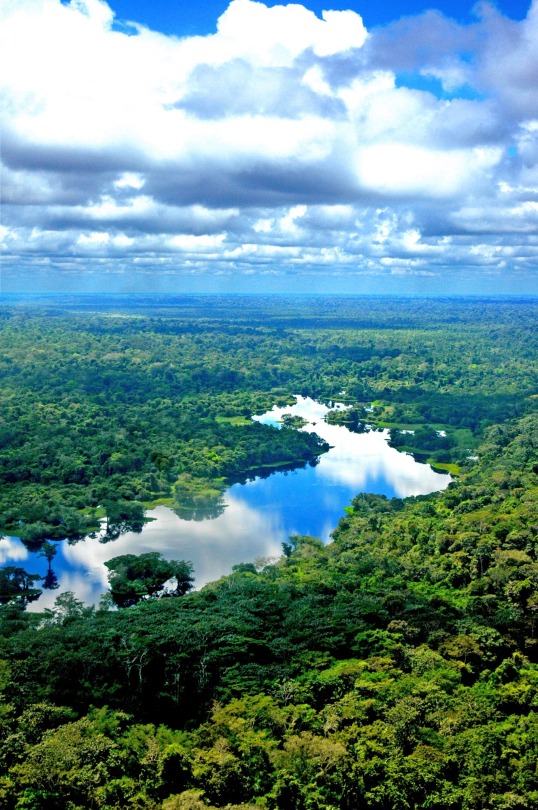
x
19 notes
·
View notes
Text

#indigenouscr#costa rica#nature#photography#trees#plants#forest#forestmood#hiking#adventure#tropical#jungle#junglemood#moodynature#comfy#explore#tropical rainforest#rainforest#rainyday#rain#solace#shadows#sun#sunny
43 notes
·
View notes
Text

beautiful tropical waterfall
#waterfall#tropical rainforest#river#palmtrees#peaceful#nature#serene#outdoors#landscape#beauty#fantasy#photography
17 notes
·
View notes
Photo




Honing in on the Honduran White Bat
The Honduran white bat (Ectophylla alba), as the name suggests, is a species of bat native to the rainforests of Honduras, as well as Nicaragua, Costa Rica, and western Panama. They are one of four leaf-nosed bats endemic to Central America, and if that wasn’t special enough they are among 6 species bats with white fur, out of 1,300 recognized species.
E. alba is fairly small, as are most New World leaf-nosed bats. Their wingspan only reaches about 11cm long and they weigh at most 5-6g. Aside from their white fur, the Honduran white bat is also distinguished by its bright yellow nose and ears. This is the result of carotenoids, pigments commonly produced in plants like pumpkins and carrots, and E. alba is the first and perhaps only mammal known to build up enough of them to change the color of its skin.
The source of the Honduran white bat’s pigmentation is its diet; they are totally frugivorous. Their primary food is a species of fig, Ficus colubrinae, although they are known to feed on other species figs throughout the year as the fruit-producing season cycles. This adds another distinction to the Honduran white bat’s list: they are one of the two smallest species of frugivorous bats in the world, and biologists are still trying to understand how they get all of their necessary nutrients from such a small dietary range.
E. alba does most of its foraging at night, as most bats do, and during the day they roost in colonies of up to 15 members. Unusually, rather than roosting in caves or hollow trees like other bats, the Honduran white bat builds its own roost. Members will cut the broad leaves of the Heliconia plant in order to form a draping ‘tent’ which they then hang under to keep dry and warm, as well as safe from predators like possums, snakes, owls, and monkeys. These tents last for about 6-8 weeks, at which point the leaf dies and looses structural integrity, and the colony moves on to another plant. A single colony can maintain a network of roosting Heliconia plants which they rotate through throughout the year.
Within the colony, there are usually groups of one male and several females with which he reproduces. It is unknown whether males preform any courtship behaviours or fight over mating rights. Breeding occurs from May to August, and females all give birth synchronously to a litter of one pup each after a pregnancy of about 3 weeks. These pups take about 20 days to wean and learn to fly, and at 35 days they become completely independent. Male offspring will leave to join ‘bachelor’ colonies of other independent males, until they are able to form a breeding colony of their own. Females stay with their mothers, and in reproductive colonies will care for other offspring when their mothers are out foraging.
Conservation status: The IUCN has rated the Honduran white bat as Near-Threatened. The current population is in decline due to habitat loss, which is especially threatening to E. alba due to their reliance on only a few species of figs for food. However, some groups have been found roosting in agroforestry habitats, indicating the possibility of cohabitation with humans.
Photos
Christopher Jimenez
Minden Pictures
Bernal Rodríguez-Herrera
Geoff Galice
#honduran white bat#Chiroptera#Phyllostomidae#New world leaf-nosed bats#bats#mammals#tropical forests#tropical forest mammals#tropical rainforest#tropical rainforest mammals#central america#biology#zoology#animal facts
274 notes
·
View notes
Text
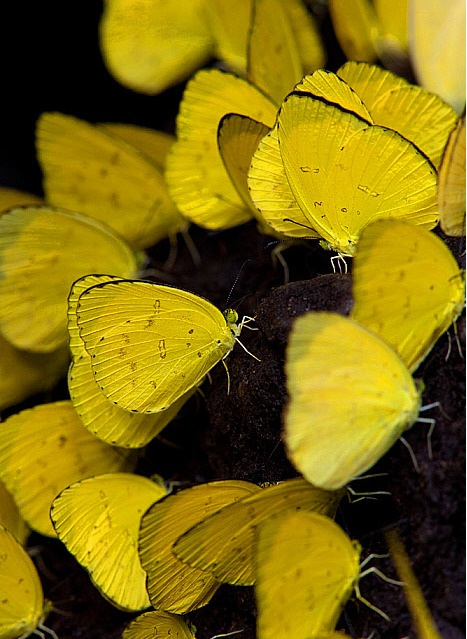
Grass-Yellow butterflies (Eurema sp.) on tropical rainforest floor, Christmas Island
Photo by Ingo Arndt
#grass-yellow butterflies#butterflies#yellow#yellow butterflies#lepidoptera#eurema#pieridae#christmas island#insects#entomology#tropical rainforest#rainforest#butterfly photography#nature#wildlife
12 notes
·
View notes
Video
Jungle hiking in tropical rainforest of Iriomote Island, Japan, Okinawa by Ippei & Janine
Via Flickr:
Iriomote Island, Okinawa, Japan Iriomote Island is the second largest island of Okinawa. Largely undeveloped, 90% of the island is covered by dense jungle. Iriomote Island belongs to the Yaeyama Island group which boasts of paradisical beaches, untouched tropical rainforests, lush mangrove rivers and one of the world's largest healthy coral reef systems. > Islands of Japan Check out the beautiful Japanese islands that we recommend: ippei-janine.com/travel-japan-islands/
#japan#jungle#tropical rainforest#okinawa#yaeyama#islands#japanese#nature#tropical#holiday#vacation#forest#landscape#沖縄#島#日本#離島#西表島#琉球#八重山列島#八重山諸島#iriomote#rural#rural japan#countryside#rainforest#asia#mountains#nansei islands subtropical evergreen forests#nansei
6 notes
·
View notes
Text
Good morning from my fav secret swimming place

14 notes
·
View notes
Text
July 2023. Trip to the interior of Baram in Borneo. Turn up the volume 🔊 for birds sound.
#nature#Borneo#Baram#Miri#tropical rainforest#jungle#view#healing#relaxing#landscape#fog#forest#trravel#bird chirps#environment#calm#serene#naturecare
14 notes
·
View notes
